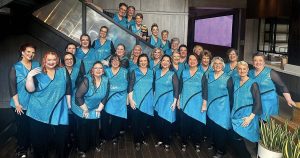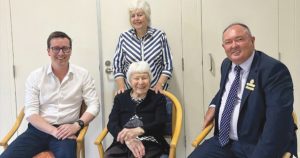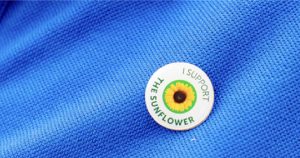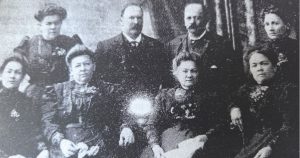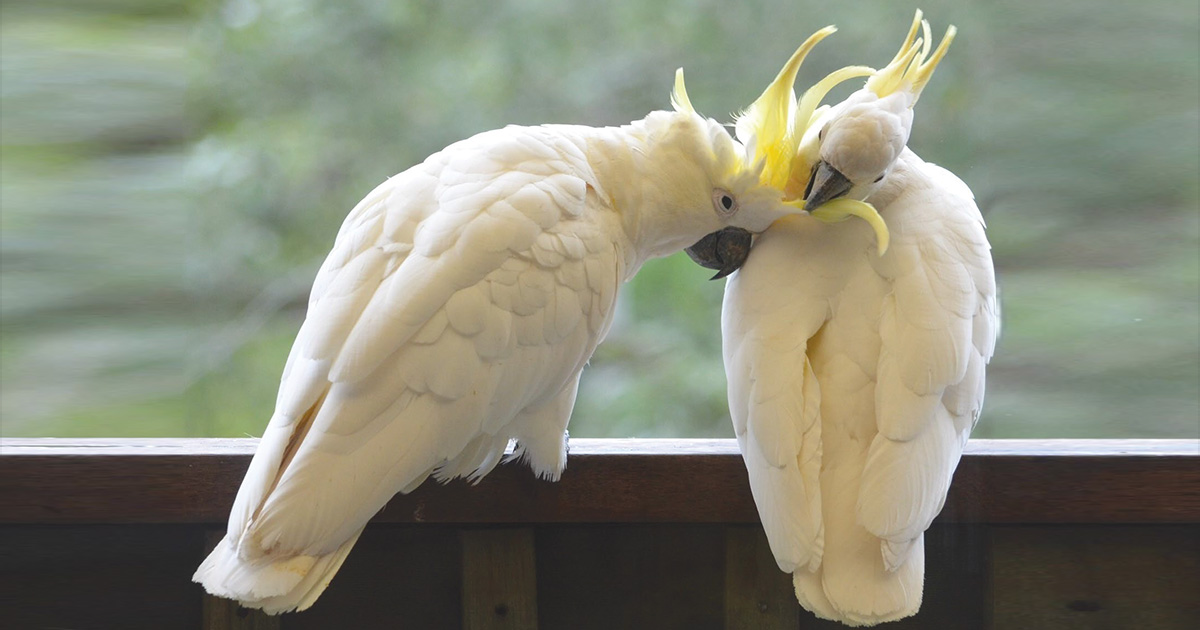
Did you know that Australian native birds have an unusually high percentage of pair-bonding? … Over 90% of species! Such relationships last the birds’ lifetimes.
For the long-lived Greater Sulphur Crested Cockatoo, (Cacatua galerita), this bond could last up to sixty years!
Emotionally well developed, these pairs can often be seen grooming their partners. Cockatoos spend their time in small groups of five to twenty ‘best friends’, formed from within the whole flock of fifty to one hundred birds.
Within the Sydney Region, this flock tends to spend all its time — whether sleeping or feeding — in the same small 5-square kilometre area.
While the group feeds on the ground, one bird will stay perched in a nearby tree, acting as look-out. On observing a predator it will emit a loud screech, alerting the others to take to the air. Birds will band together to call the alarm and in the case of a goanna, for example, will often harass the intruder, even over a period of days, until it leaves.

The neurons in their brain are organised in a way that enables complex processing. This results in a preferred handedness, and yes, they are left handed.
While there are many other fascinating aspects to Sulphur Crested Cockatoos this is probably the most amazing of all…
That their group evolved over 95 million years ago on the ancient super continent of Gondwana, when present-day South America, Africa, Arabia, Madagascar, India, Australia, and Antarctica were still joined as one!!
We are just so lucky that they ended up with us!
Photos and text by Kay Birkinshaw Still Creek Landcare

